
Big ups PAR fam. Today we review the LXear Pluto, a 4BA (balanced armature) driver custom in-ear monitor. LXear custom IEMs are 3D-printed using the latest top-of-the-line 3D printing technology.
LXear is located in Bucharest, Romania and was founded by an experienced musician and audio engineer, with the goal of taking the local in-ear monitor market to a higher level. The company uses premium materials made in the USA and the highest quality drivers in all their monitors.
Alan Stern
Official website: https://lx-ear.com/
This sample was provided for the purpose of an honest review. All observations and opinions here are my own based on my experience with the product.
Package and Accessories
The Pluto comes in a refreshingly minimalist packaging that eschews the commonplace copious amounts of superfluous cardboard and drama. Instead, it is simply delivered in a handy carrying case which is wrapped in a cardboard sleeve.
The outer sleeve is white and has an image of some custom in-ear monitors and a section of cable on the front. On the back is a similar image albeit with a different CIEM, plus the company’s website address.
Removing the outer cover reveals the carrying/storage case. Inside is a foam insert with various cutout sections for the monitors and accessories. Here’s what you’ll find in the box:
- LXear Pluto in-ear monitors
- Detachable 2-pin cable with 3.5 mm plug
- 3.5mm to 6.35mm adapter
- IEM cleaning tool
- Branded cleaning cloth
- User guide


Build Quality and Design
LXear custom in-ear monitors are manufactured using state of the art 3D-printing. That was the first thing that came to my mind when I saw my Pluto CIEM. Physically, it reminded me a lot of my Empire Ears Bravado and Custom Art FIBAE Black. The contours of the shells are very smooth and there is a kind of uniform thickness to the shell that handmade customs cannot replicate.
My unit came with a very interesting, mottled earthy brown and green pattern on the faceplates and translucent, sage-green shells. I was really surprised and pleased with the look and this is why I like to sometimes leave the design up to the manufacturer; because I usually end up with something unique that I would not have conceived otherwise.

There are many more design and colour options available that aren’t shown on the website’s customization tool but you can contact LXear via the website and talk about what kind of custom artwork you want for your CIEM, including your own logo if desired. You can also opt for normal or recessed 2-pin connectors.

Comfort and Noise Isolation
As always, the fit of your custom monitors relies on sending a good set of ear impressions. The website has a useful page with detailed instructions on how to get the best fit. It’s wise to print the instructions and share them with your audiologist.
The Pluto’s 3D-printed shells are very smoothly finished and fit perfectly to the contours of my ears. Although the shells are slightly larger than average I find them to be very comfortable and suitable for long listening sessions. Noise isolation is excellent and only surpassed by my M-Fidelity SA-50 which has solid resin housings rather than hollow shells.
Sound
Gear used for testing includes the Sony NW-ZX300 and Soundaware M2Pro as portable sources. On the desktop, I plugged the Pluto into my Arcam irDAC-II. The Pluto is reasonably easy to drive but due to its aggressive low-end, I recommend pairing it with a more neutral or brighter source.
The LXear Pluto has an L-shaped signature with a large mid-bass hump and a heavy focus on the bass and lower midrange. It has a very warm and rather thick tonality with a relaxed treble. This results in a full-bodied, dark presentation, making this IEM tuned for fun and musicality over precision.
Bass
The Pluto is all about the bass and in particular, it’s mid-bass hump. This is the most mid-bass-oriented of all my custom monitors to date, with only the Empire Ears Bravado coming close in terms of mid/upper-bass quantity.
Sub-bass has a deep, physical rumble which is impressive for BA drivers and great for those big bass drops and certain genres like dub, reggae and electronic. It has a typical balanced armature tidiness and control to it but is forward and bold in its presentation. Pluto’s mid and upper bass dominates the scene with its energetic presence. As a result, it can be boomy and there is some bloat but its medium speed gives it a natural warm air and roundness.
Mids
The midrange is positioned just behind the bass and has a reasonably thick note structure. Male and female vocals are rounded and smooth but could use some extra clarity and articulation to lift above the bass more clearly. Lower midrange notes are full-bodied and pushed forward, adding body and thickness which adds to the Pluto’s smooth and easygoing character at the cost of some transparency and accuracy.
The underlying warmth and thickness of the mids add extra body but that mixed with the relaxed treble means that some of the subtle details are muted or lost as a result. However, to compensate for its modest detail retrieval, Pluto’s mids are rich and musical. In Anathema’s “Ariel”, the vocals are emotive and engaging in both the female and male sections throughout the song but could use more texture.
Treble
Treble extension is good and the tone of treble notes is natural but it’s laid back and a little distant. It has a light airiness that at times struggles to gain a foothold under the weight of the bass and lower midrange.
This is definitely an IEM that would be safe for the treble-sensitive but not ideal for those who want maximum precision and detail. The treble is smooth and airy, reaffirming the Pluto’s warm and darker presentation but at times could benefit from a more forward presentation.
Soundstage
The Pluto’s stage dimensions are moderate and have more width than depth. With it’s enhanced bass and lower midrange, the Pluto relies on its stage width to create space and separation. Instrument separation and layering are good but things can get congested during busy segments. The stage never really opens up due to the Pluto’s warm nature and accentuated mid-bass which also limits transparency.

Comparisons
Custom Art FIBAE Black
The Black is another warm IEM but its overall tonality is more balanced. It has leaner notes which are more laid back, giving it an airier and more open stage. Pluto is warmer in comparison, with more forward bass and midrange but its extra note density gives it more physicality and body. While the Black’s stage dimensions feel larger, the Pluto’s denser notes give it more precise imaging.
CA Black’s bass notes are thinner and it relies on its cavity and resonance for fullness while the Pluto’s bass is enhanced via quantity and forwardness. The Black’s bass is airier and has slightly better control. The Pluto’s thicker bass lends more warmth to the midrange as well as the more obvious bass punch and impact, although the Black’s mid-bass has a sharper slam.
The Black’s midrange is more laid back and neutral, while the Pluto’s is warmer with rounder notes. Black’s vocals are drier and further back. In addition, the Black’s leaner midrange notes result in more openness and transparency but a less natural tone.
While both monitors have a relaxed treble presentation, the Black’s treble has more definition and clarity. It’s slightly more forward in the mix, without being any brighter. This gives the midrange more clarity and resolution.
Empire Ears Bravado
The Bravado has a similar musical approach that relies less on technicalities in favour of fun. Pluto is more forward and has more inherent warmth with a thicker presentation. The Bravado has a rounder stage with added depth and its thinner notes present a cleaner image. In contrast, Pluto’s stage is more forward and intimate.
Bravado has a deeper sub-bass reach with less roll off down low. Both IEMs have a similarly prominent mid-bass but the Bravado is able to better separate its bass from the lower midrange, giving it an advantage in layering.
Bravado’s midrange is less coloured and more laid back. Pluto’s lower midrange notes are thicker and more forward. Both IEMs have a laid back treble but the Bravado’s treble is more forward relative to its midrange, without being any brighter.

Conclusion
The LXear Pluto certainly has a unique presentation for a custom in-ear, at least in the context of my personal experience with them. It is heavily skewed towards the mid-bass and lower midrange, which is not surprising considering it was developed by a sound engineer who spends a lot of time near or on the stage and at live performances.
For my own preferences, my ears are missing some upper midrange presence and treble emphasis, along with subtle details. Pluto at times feels as though it relies more on brute force than nuances or agility with its exuberant thump and saturated character. At other times though, it surprises with its emotive and more delicate side.
In terms of build, the Pluto ranks among the best in my collection, thanks to its high-precision 3D-printed shells and the quality of the design and finish is top notch. If you’re after a warm, smooth monitor with a load of kick, forward, full-bodied midrange and polite treble then the Pluto is sure to deliver.
Specifications
- Dual bore design
- Four Balanced Armature ( 2 x low, 1 x mid + 1 x hi dual combo )
- 113,5 db max. SPL 10% THD
- 28 Ohm @1kHz (+-15% 10Hz-20kHz)
- 20Hz-20kHz

































































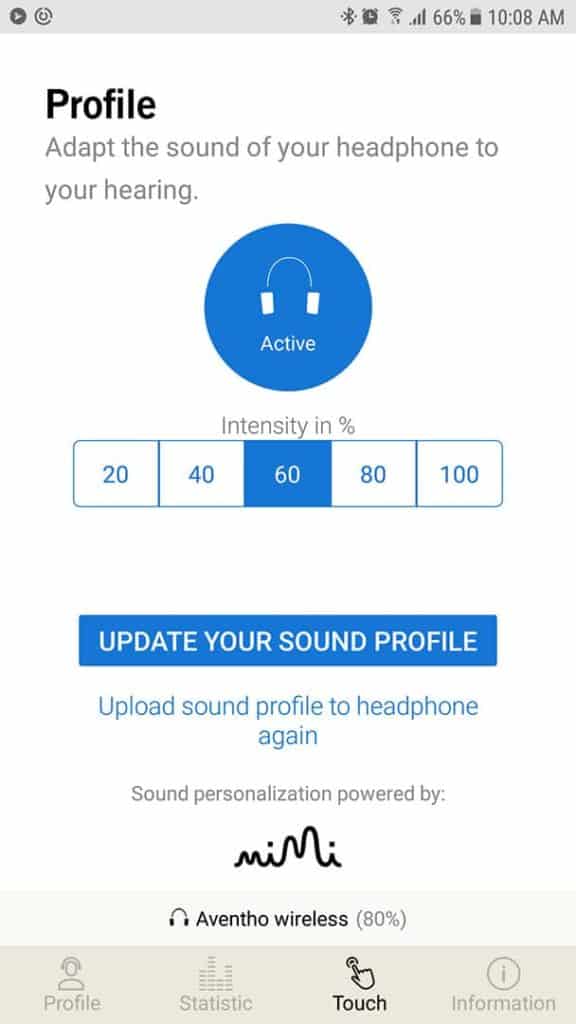



























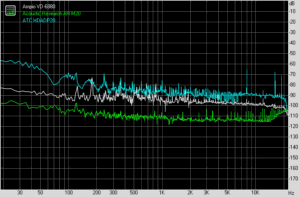

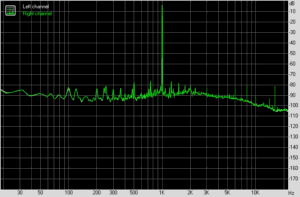
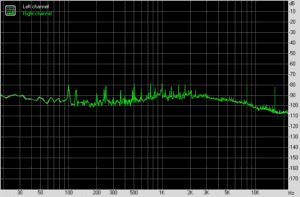















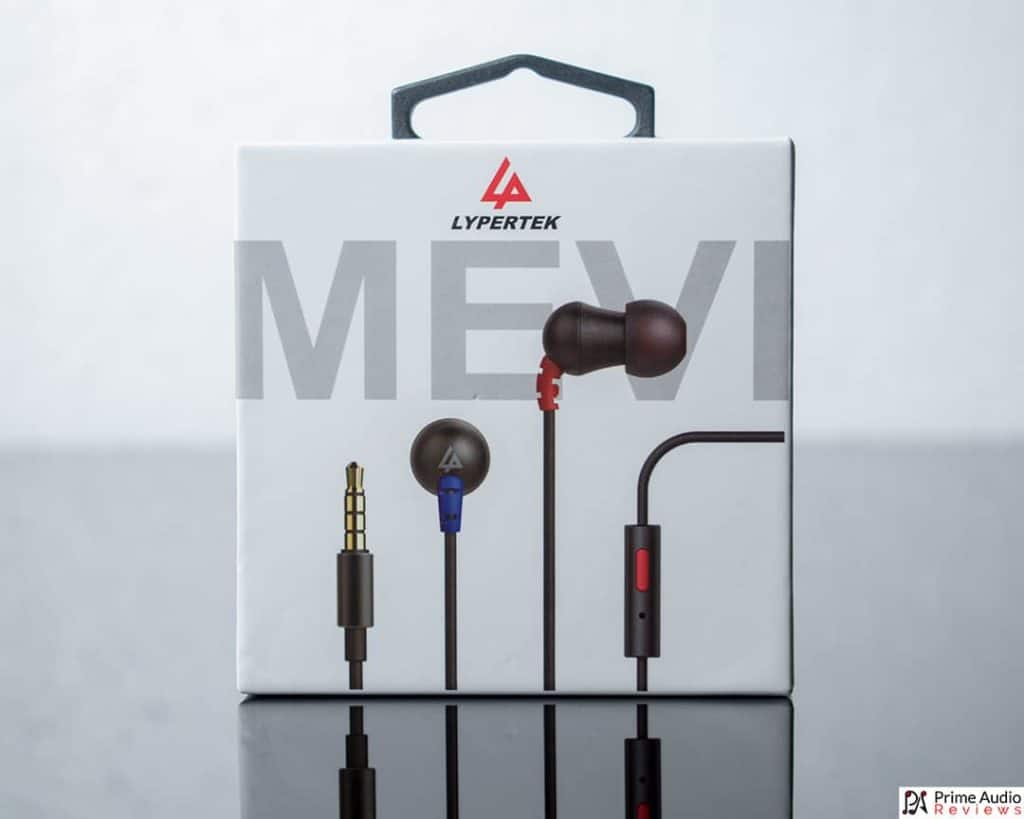
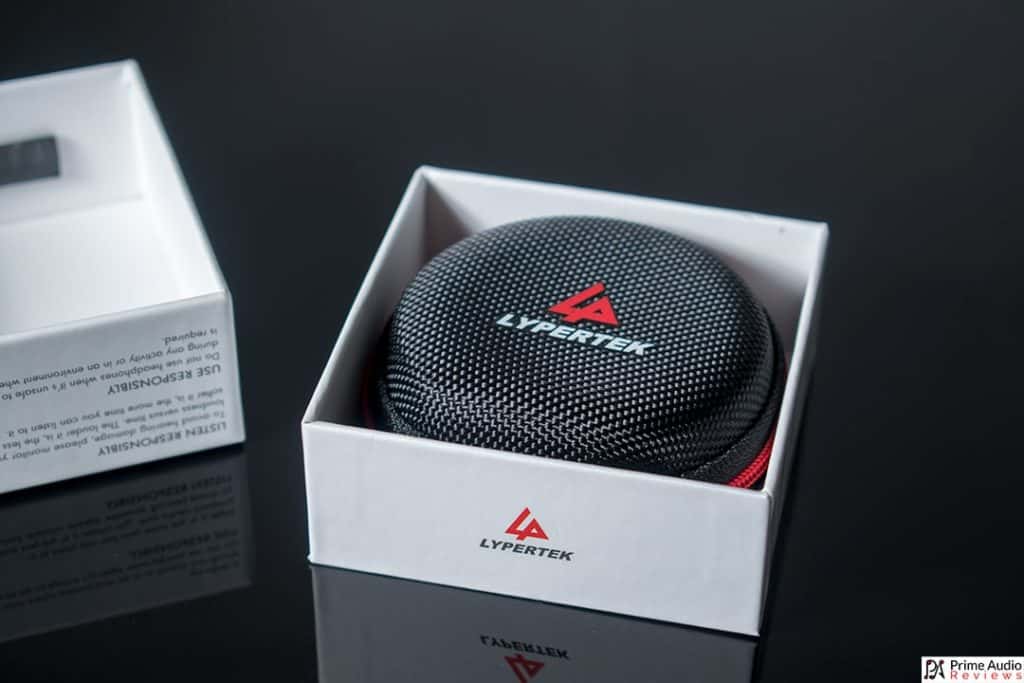


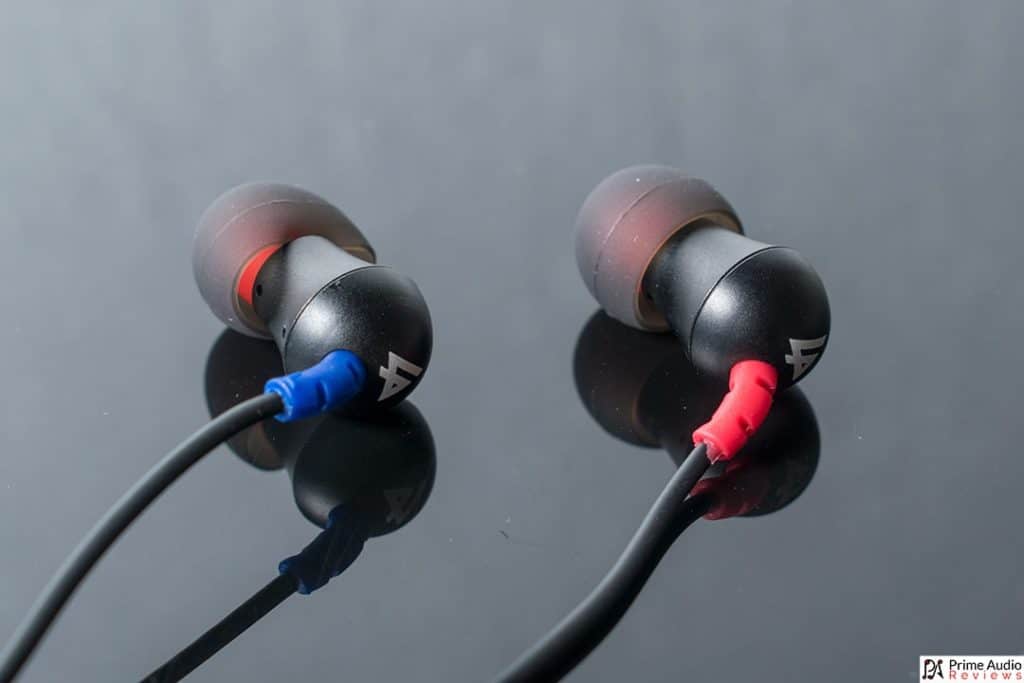
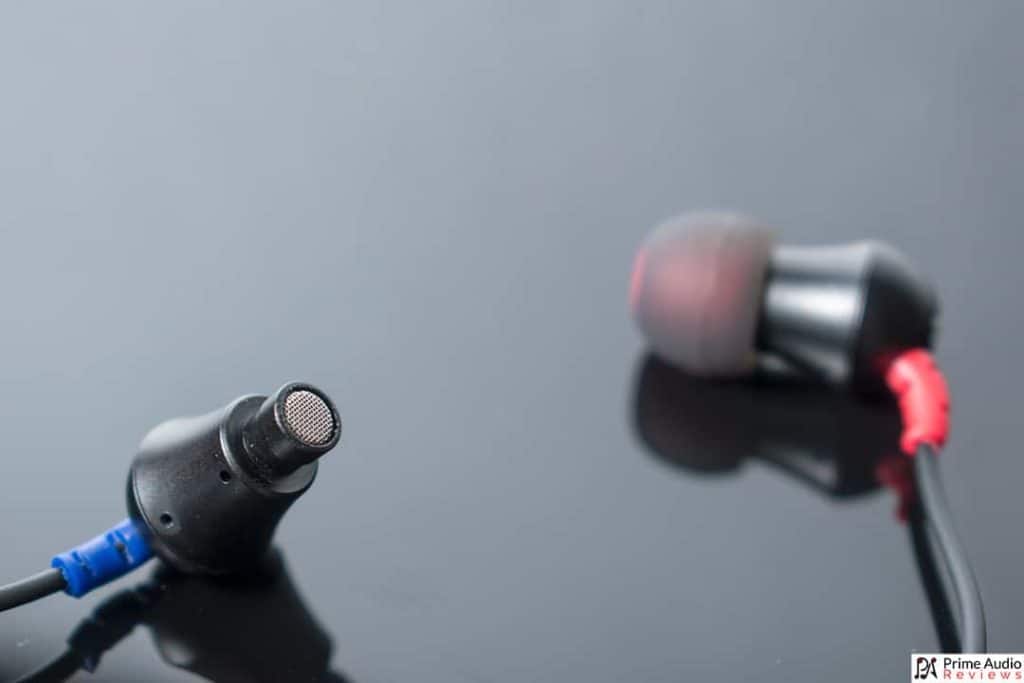
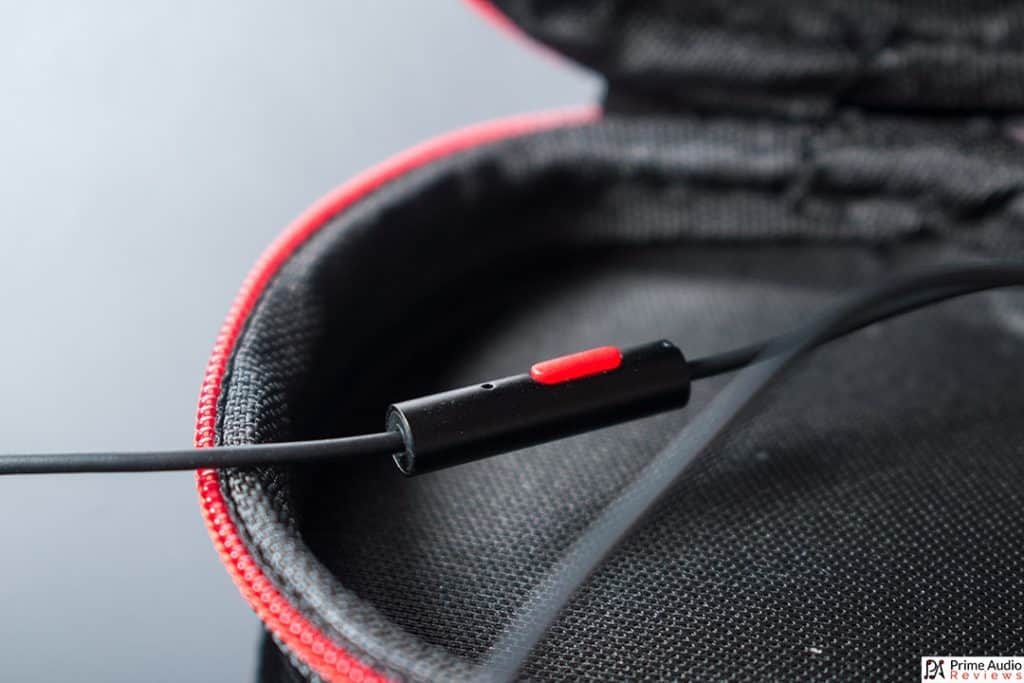

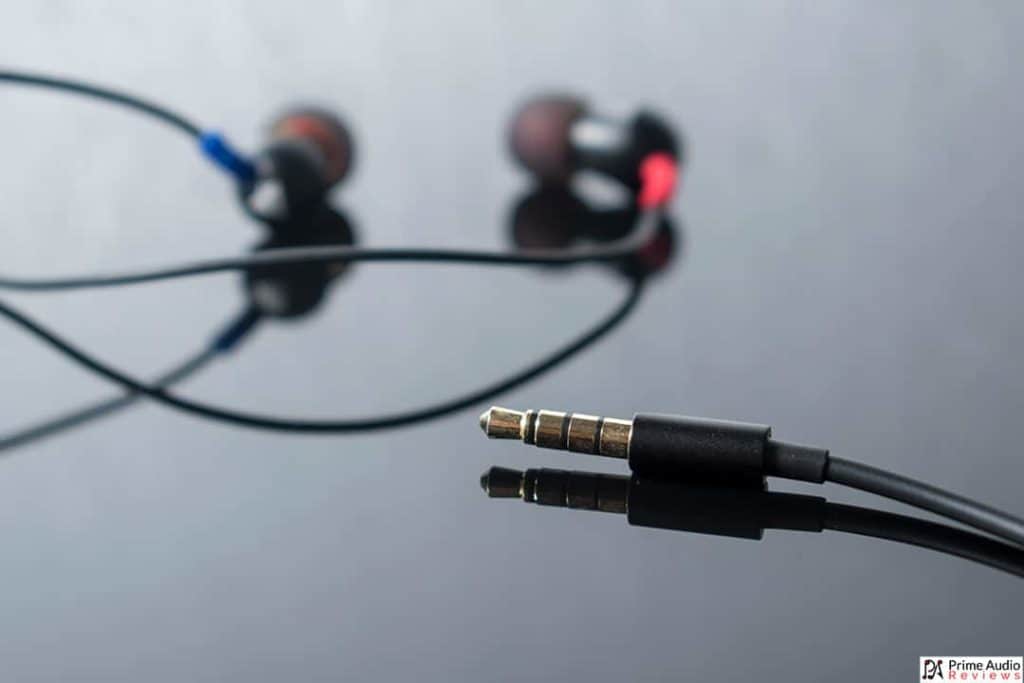
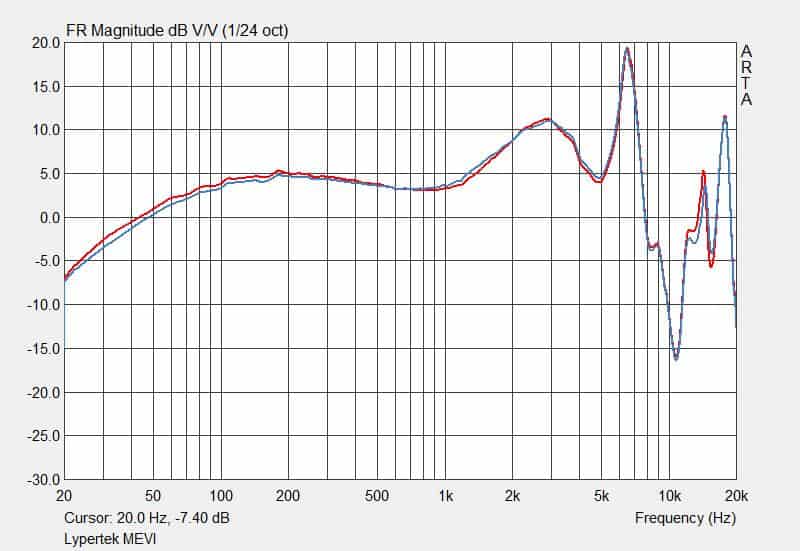











































![DSC_0128[1].jpg DSC_0128[1].jpg](https://cdn.head-fi.org/a/10098452.jpg)






![DSC_0089[1].jpg DSC_0089[1].jpg](https://cdn.head-fi.org/a/10098458_thumb.jpg)
![DSC_0090[1].jpg DSC_0090[1].jpg](https://cdn.head-fi.org/a/10098459_thumb.jpg)




![DSC_0127[1].jpg DSC_0127[1].jpg](https://cdn.head-fi.org/a/10098464_thumb.jpg)

![DSC_1625[1].jpg DSC_1625[1].jpg](https://cdn.head-fi.org/a/10098468_thumb.jpg)


![DSC_1636[1].jpg DSC_1636[1].jpg](https://cdn.head-fi.org/a/10091005_thumb.jpg)














![DSC_1715[1].jpg DSC_1715[1].jpg](https://cdn.head-fi.org/a/10086032_thumb.jpg)






![DSC_1699[1].jpg DSC_1699[1].jpg](https://cdn.head-fi.org/a/10086040_thumb.jpg)

![DSC_1716[1].jpg DSC_1716[1].jpg](https://cdn.head-fi.org/a/10086042_thumb.jpg)



![DSC_1704[1].jpg DSC_1704[1].jpg](https://cdn.head-fi.org/a/10086046_thumb.jpg)







![DSC_1721[1].jpg DSC_1721[1].jpg](https://cdn.head-fi.org/a/10081837_thumb.jpg)






![DSC_1409[1].jpg DSC_1409[1].jpg](https://cdn.head-fi.org/a/10073642_thumb.jpg)

![DSC_1418[1].jpg DSC_1418[1].jpg](https://cdn.head-fi.org/a/10073645_thumb.jpg)
![DSC_1420[1].jpg DSC_1420[1].jpg](https://cdn.head-fi.org/a/10073646_thumb.jpg)
![DSC_1430[1].jpg DSC_1430[1].jpg](https://cdn.head-fi.org/a/10073651_thumb.jpg)
![DSC_1428[1].jpg DSC_1428[1].jpg](https://cdn.head-fi.org/a/10073652_thumb.jpg)






![DSC_1493[1].jpg DSC_1493[1].jpg](https://cdn.head-fi.org/a/10070316_thumb.jpg)
![DSC_1348[1].jpg DSC_1348[1].jpg](https://cdn.head-fi.org/a/10070321_thumb.jpg)

![DSC_1325[1].jpg DSC_1325[1].jpg](https://cdn.head-fi.org/a/10070323_thumb.jpg)
![DSC_1327[1].jpg DSC_1327[1].jpg](https://cdn.head-fi.org/a/10070324_thumb.jpg)

